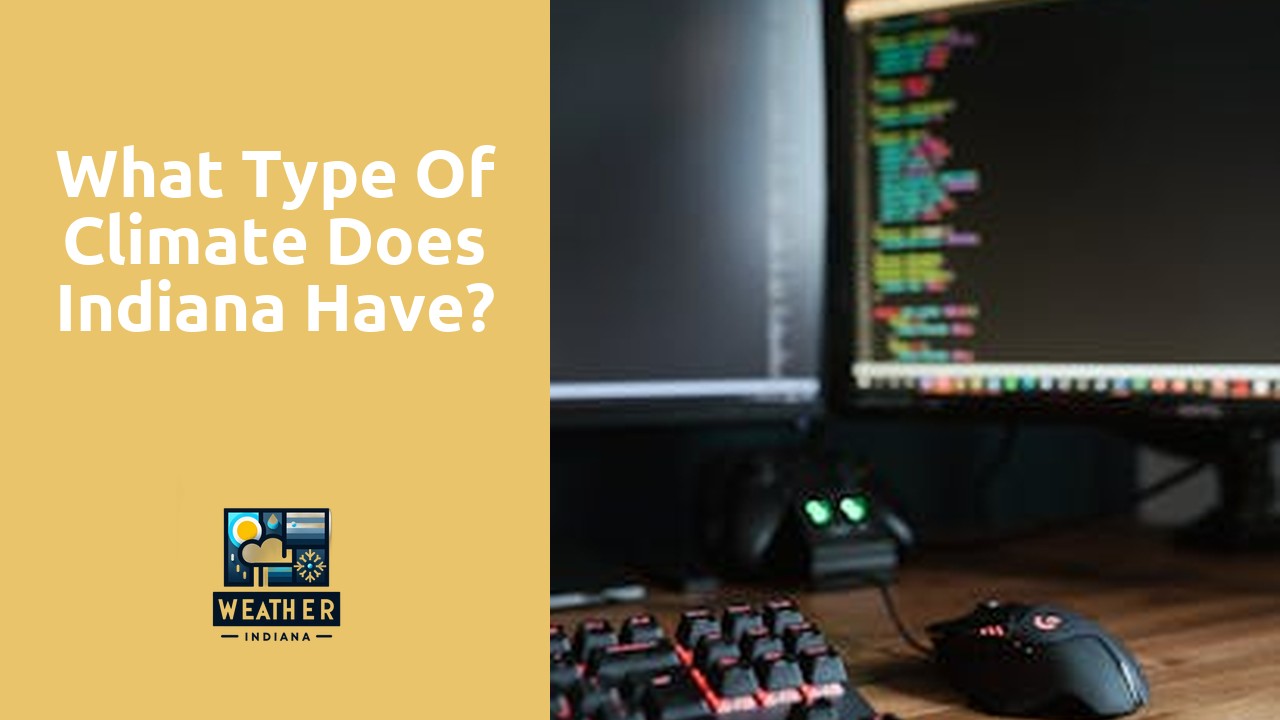Table Of Contents
Microclimates in Indiana
Microclimates in Indiana exhibit a diverse range of environmental conditions within the state. These localized variations in climate are influenced by factors such as proximity to bodies of water, elevation changes, and urban heat island effects. As a result, Indiana can experience a wide spectrum of temperatures and precipitation levels across different regions.
For example, the northern part of the state near Lake Michigan tends to have milder summers and colder winters compared to the southern region near the Ohio River. Additionally, urban areas like Indianapolis may experience higher temperatures due to the concentration of buildings and pavement that absorb and retain heat. Understanding these microclimates is essential for various sectors, including agriculture, urban planning, and emergency management, as they can impact crop yields, energy consumption, and susceptibility to extreme weather events.
Variances Across Different Regions
Indiana exhibits a diverse range of climates across its different regions. In the northern part of the state, closer to the Great Lakes, the climate tends to be slightly cooler and experiences more precipitation compared to the southern regions. This variation is primarily due to the proximity to the lakes, which can influence temperature and precipitation patterns.
Moving towards the southern part of Indiana, the climate becomes slightly warmer with less precipitation on average. The southern region also tends to experience longer summers and milder winters compared to the northern part of the state. These regional differences in climate make Indiana a dynamic state where residents and ecosystems have to adapt to varying weather patterns throughout the year.
Climate Change Impact on Indiana
Climate change is a pressing issue that is affecting various regions across the globe, including the state of Indiana. The impacts of climate change in Indiana are becoming increasingly apparent through shifts in precipitation patterns, rising temperatures, and more frequent extreme weather events. These changes have significant implications for the state’s agricultural sector, water resources, and overall ecosystem.
The changing climate in Indiana has led to challenges such as increased flooding, heatwaves, and droughts, which pose risks to both the environment and the well-being of residents. Furthermore, the altered climate conditions have the potential to disrupt wildlife habitats, agricultural productivity, and public health in the state. Addressing these climate change impacts requires proactive measures to mitigate emissions, adapt to changing conditions, and foster resilience in communities across Indiana.
Trends and Predictions for the Future
As climatic patterns continue to evolve, Indiana is projected to experience warmer temperatures and more frequent extreme weather events in the future. These changes are attributed to global climate change, which has already begun to impact the state’s weather patterns. The increasing temperatures are expected to lead to longer and hotter summers, potentially affecting agriculture, water resources, and overall public health in the region.
Moreover, Indiana may also face heightened variability in precipitation, with more intense rainfall events and potential periods of drought. This shift in precipitation patterns could have significant implications for the state’s ecosystems, agriculture, and infrastructure. Additionally, the changing climate may influence the frequency and intensity of severe weather events such as storms and tornadoes, posing challenges for disaster preparedness and response efforts in Indiana.
Weather Events in Indiana
Weather events in Indiana can vary greatly throughout the year, with each season bringing its own set of challenges. The state experiences a wide range of weather phenomena, from thunderstorms and tornadoes in the spring and summer to heavy snowfall and ice storms in the winter. These events can have a significant impact on the daily lives of residents, causing disruptions to travel, power outages, and damage to property.
Historically, Indiana has experienced a number of severe weather events, including devastating hurricanes and storms that have caused widespread destruction and loss of life. While Indiana is not located along the coast where hurricanes typically make landfall, the state can still feel the effects of these powerful storms as they move inland. Tornadoes are also a common occurrence in Indiana, with the state experiencing an average of 22 tornadoes per year. These weather events highlight the importance of preparedness and resilience in the face of natural disasters.
Historical Hurricanes and Storms
Historical hurricanes and storms have left a notable impact on the state of Indiana throughout its history. While Indiana may not be as prone to hurricanes as coastal states, the remnants of these tropical storms can still reach the state and bring heavy rainfall and strong winds. These events can lead to flooding, power outages, and damage to property, making it essential for residents to be prepared for the potential effects of these weather phenomena.
In particular, the Great Flood of 1913 stands out as one of the most devastating weather events in Indiana’s history. This catastrophic flood was caused by a series of heavy rainstorms that swept across the state, causing significant damage to infrastructure and leading to a high number of casualties. The Great Flood of 1913 serves as a reminder of the destructive power of extreme weather events and the importance of resilience and preparedness in the face of such natural disasters.
FAQS
What type of climate does Indiana have?
Indiana has a humid continental climate, characterized by hot summers, cold winters, and moderate humidity throughout the year.
Does Indiana experience extreme weather events?
Yes, Indiana is prone to extreme weather events such as thunderstorms, tornadoes, and winter storms due to its location within the Midwest region of the United States.
How do microclimates vary within Indiana?
Microclimates in Indiana can vary based on factors such as proximity to bodies of water, elevation, and urban heat island effects, leading to localized variations in temperature and precipitation.
How is climate change impacting Indiana?
Climate change is affecting Indiana by leading to more frequent and intense heatwaves, changes in precipitation patterns, and shifts in growing seasons for agriculture.
What are the trends and predictions for Indiana’s climate in the future?
Trends suggest that Indiana will continue to experience warming temperatures, increased precipitation variability, and heightened risks of extreme weather events in the coming years.

